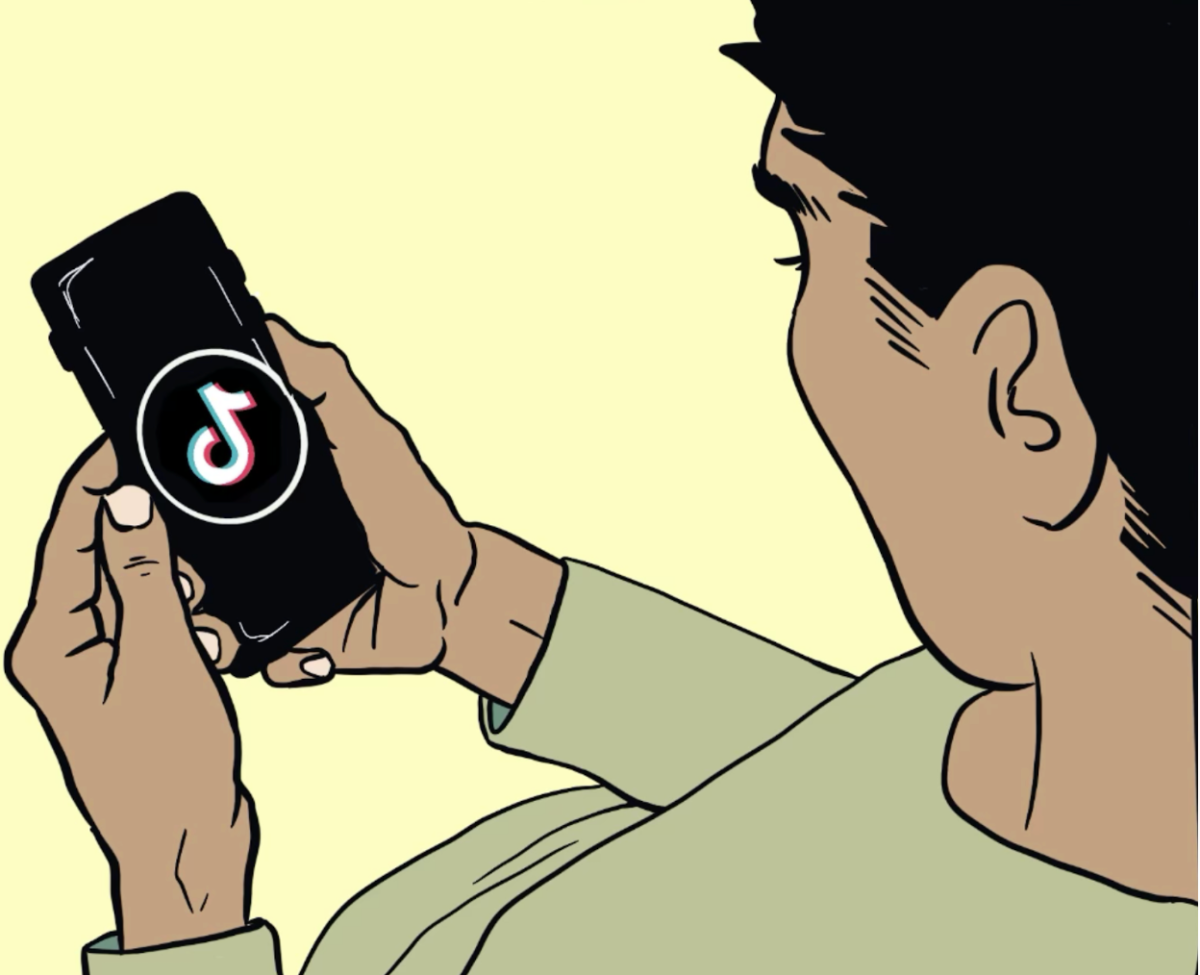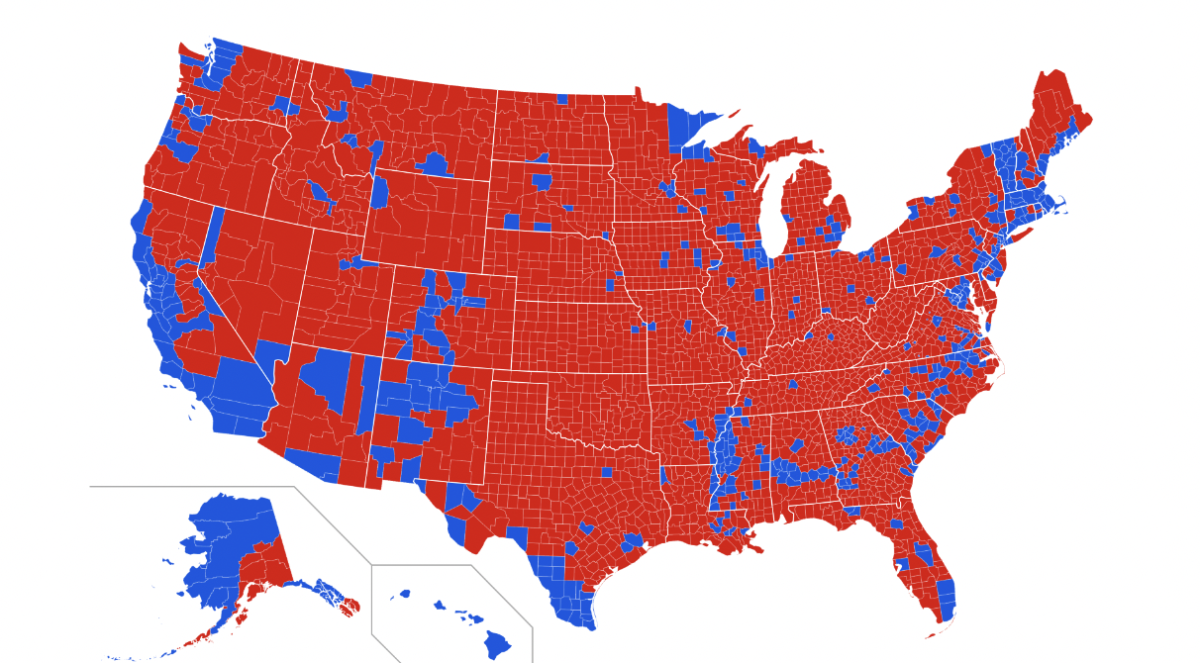Isabelle Pinard
Managing Editor
As a kid I rushed home after school to turn on ABC and CBS’s “Family Matters,” a ’90s TV show, and laugh at the main star, Steven Quincy Urkel — or as I remember, plain Urkel. The boy wore white ankle socks in oxford shoes, high-waisted jeans with suspenders and multi-colored cardigan sweaters.
This image was the definition of nerd, and no one I knew wanted to dress like him at school, but now, this style of plaid shirts, thick, black-rimmed glasses and skinny jean pants fuels the hipster fad.
Magazines and Twitter feeds say the hipster trend is going to make a mark in the fashion industry, but to me this style doesn’t seem that special — it’s just bringing back styles from the ’90s.
Hipster fashion has uncanny similarities to a refined style of Urkel’s nerdy look, yet fashion houses like Dolman are crazy about it, using certain characteristics in their clothing to give it the hipster vibe.
Even TV characters like Jesse from Fox’s “New Girl” and Sheldon from the “Big Bang Theory” are promoting the hipster feel to their viewers.
My definition of hipsters, based on the media ,was “hip” or fashionable people — on the contrary, it means the opposite. A hipster strays from mainstream trends and focus more on expressing her personality.
Hipsters actually avoid mainstream styles by going to thrift stores, like Goodwill, for the outdated clothes that people have forgotten.
My knowledge of hipster styles improved through Tumblrs and blogs such as thehipstergeek.tumblr.com where hipsters share and comment on each others outfits.
Hipsters aren’t just bringing back styles, but they are learning from past trends and creating their own identity as non-mainstream conformists.
Ironically, the 2012 Oxford Dictionary defines a hipster as someone who is up-to-date with the latest fashion — which accurately describes another type of hipster, the wannabe.
Wannabes follow the mainstream side of this hipster label, which stores and TV shows have commercialized.
Urban Outfitters, a mainstream shop, sells clothing with hipster characteristics, like one-piece jumpers and very large, nonprescription, clear lens, square glasses. Wannabes surprisingly buy the $20 to $60 clothing and proudly walk around wearing the hipster label, but they are going against the very thing they are trying to be.
Being a hipster isn’t just about dressing with accents of plaid, or thick-rimmed glasses. It’s a style that stands for the people who take pride and define themselves through their creative dress-style.
I admit that I have adapted certain styles from this trend as I catch myself wearing suspenders and tight-washed jeans, but I don’t think I’m ready to call myself a hipster because after what I’ve found out, I don’t think I can be called one.
Only the women and men fashion pioneers who create a style all on their own are the people who are allowed to call themselves hipster and should be proud of their title.








